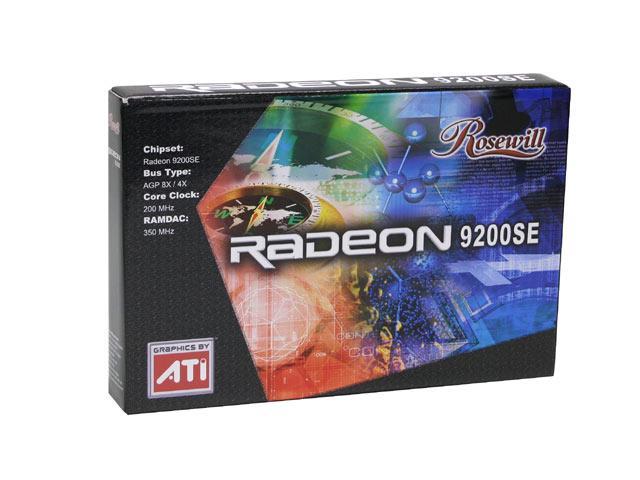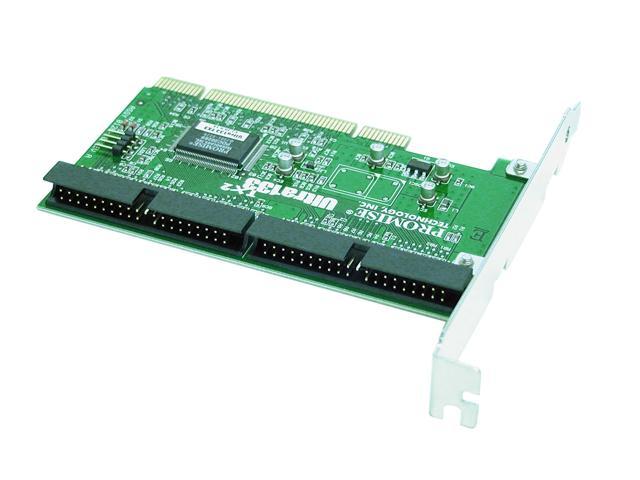IDE Card - Day 2
This morning was the first chance I've had to work on the IDE card in several days. I didn't make much progress, but I did rule out things.
I tried booting while disconnecting the original drive and/or the CD ROM, and after changing the IDE channel on the new card. I also tried disabling the onboard IDE. No luck.
There aren't any jumpers on the new card, nor is there any sort of configuration utility that would be used to change settings. This tells me that the card has no user configurable options. It's either installed or not. (My inexperience with hardware in general and PCI in particular is holding me back here.) Also, I checked the Promise Technology website for info. I found a few BIOS updates that address very specific problems, a FAQ, and an email address for support.
In order to keep from spinning my wheels on this for the next month, I sent a request for help to the support email. Here's the text:
Hello,
I'm trying to use an Ultra133 TX2 in a Compaq Presario 5030. During bootup, I see the drive detection successfully find my Western Digital 250GB drive. Next, the message IDE Bus Master Enabled is displayed. After that, the machine locks.
If I disconnect the drive from the Ultra card, the detection process correctly reports no drives, and the boot process continues as normal.
I'm not trying to setup the new drive as the boot disk, instead using the original drive attached to the onboard IDE.
I've tried disabling the onboard IDE, disconnecting the original drive and/or CD ROM, and changing IDE channels on the Ultra card, all with no success.
Any suggestions?
We'll see how they respond.
In other news, the install of Age of Mythology went well, and it looks great. Now we have to figure out how to run a LAN game. My son can get the online multiplayer mode to work, but we haven't yet figured LAN play. No big hurry.
 I was searching around for help with my IDE problems, and I found another who is using a
I was searching around for help with my IDE problems, and I found another who is using a  The
The  Also, remember
Also, remember  After booting up and entering setup, everything was unchanged, except that no IDE devices were found. I tried the auto configure feature, but it kept coming back NOT INSTALLED.
After booting up and entering setup, everything was unchanged, except that no IDE devices were found. I tried the auto configure feature, but it kept coming back NOT INSTALLED.
 My new best friend
My new best friend 


